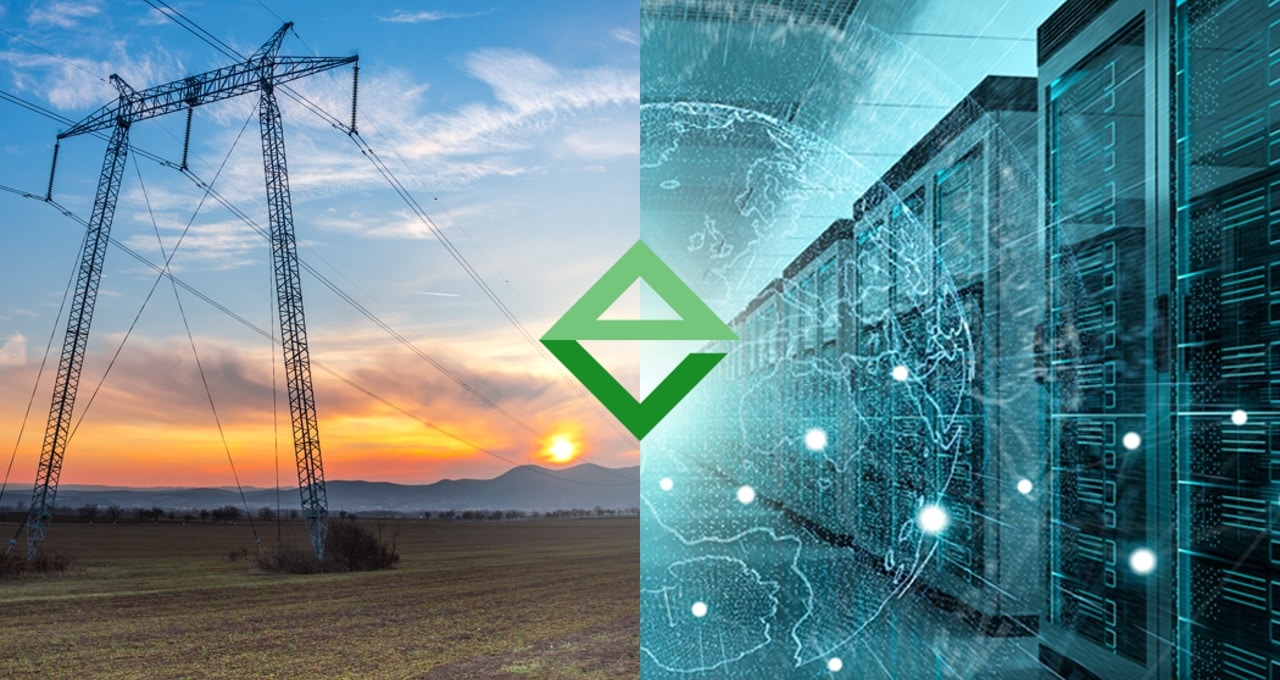The exponential growth of generative artificial intelligence is accelerating a new era in digital infrastructure: that of AI factories. These hyper-specialized data centers, designed for the training and execution of large language models (LLMs), are demanding record-breaking levels of energy, cooling resources, and connectivity. However, this new generation of centers cannot scale like previous ones. The bottleneck is no longer just technological; it is energy-related.
As models increase in parameters and GPU clusters multiply, the limitations of the electrical system become evident. In markets like the U.S., there are already discussions about waitlists of up to five years to connect new facilities to the grid. However, startups like Emerald AI—backed by NVIDIA and Oracle Cloud Infrastructure—are demonstrating that the solution is not to increase power, but to make it smarter.
AI as an Active Participant in the Electrical System
The traditional concept of a data center as a constant and predictable load has become outdated. Instead, smart data centers are emerging, capable of dynamically adjusting their energy demand according to grid conditions. The case of Phoenix, Arizona, is revealing: during a day of high demand due to extreme heat, a cluster of 256 NVIDIA GPUs was able to reduce its energy consumption by 25% for three hours while maintaining the quality of AI services in critical tasks.
The key was the use of Emerald Conductor, a load orchestrator that dynamically decides which processes can be slowed down, paused, or migrated based on their criticality. Training, batch inference, and model adjustments can tolerate more flexibility than real-time tasks.
Energy Flexibility: A New Layer in AI Architecture
In this distributed and adaptable architecture, AI factories stop being "passive consumers" and become active agents in stabilizing the system. This is particularly relevant given the rise of renewable energy, whose intermittency requires systems capable of absorbing variations.
According to Ayse Coskun, Chief Scientist at Emerald AI, “data centers can be the stabilizers of the grid of the future.” The model resembles how hybrid cars work: they store and release energy based on environmental demand, optimizing resources.
Data and Numbers That Make It Viable
A study from Duke University estimates that if AI factories could flex their consumption by just 25% for 200 hours a year, up to 100 GW of additional connectable capacity could be unlocked. This equates to more than $2 trillion in infrastructure capacity that does not require new transmission lines.
Moreover, legislation is moving in this direction: Texas already mandates that data centers reduce consumption or disconnect during high-demand events if they are not flexible.
New Architecture: Orchestration, Labeling, and Simulation
Emerald AI goes beyond being a simple power manager. It uses predictive models, task classification by delay tolerance, and energy simulation (Emerald Simulator) to anticipate scenarios and plan orchestrations. Users can label tasks based on their criticality or allow the system to do so autonomously with AI agents.
In a test conducted with Oracle Cloud Phoenix and Databricks MosaicML, the capability to respond in real-time to grid events was validated, with a gradual decrease, stable maintenance of the reduction, and recovery without exceeding base consumption.
The Future: Energy-Aware AI and Contextual Data Centers
What was previously viewed as a risk—energy saturation due to AI—is becoming an opportunity to redesign the data center stack from energy to application.
The next steps include:
- Integration of weather and demand prediction systems.
- Increased use of local energy storage (batteries, microgrids).
- Redesign of the DevOps chain to incorporate infrastructure conditions in AI training and deployment planning.
Conclusion
The era of artificial intelligence does not just need more power; it needs contextualized power. AI factories that understand this sooner will be able to scale faster, operate more cost-effectively, and be part of the global energy solution—not the problem.
It’s not about making data centers bigger; it’s about making them more adaptive, sustainable, and collaborative with their surroundings. As Emerald AI states: flex when the grid is tight — sprint when users need it.

